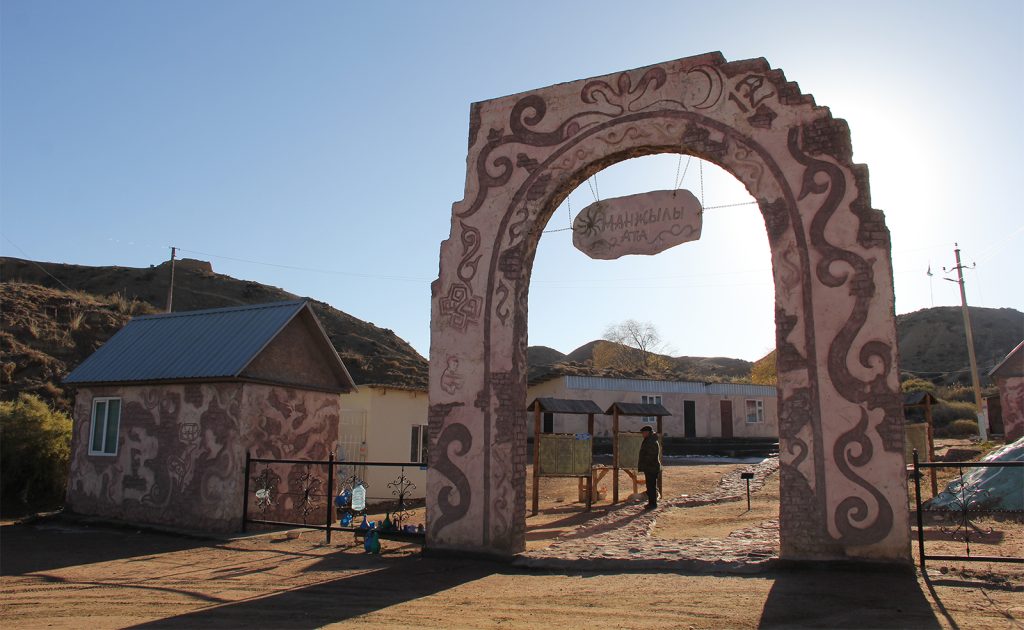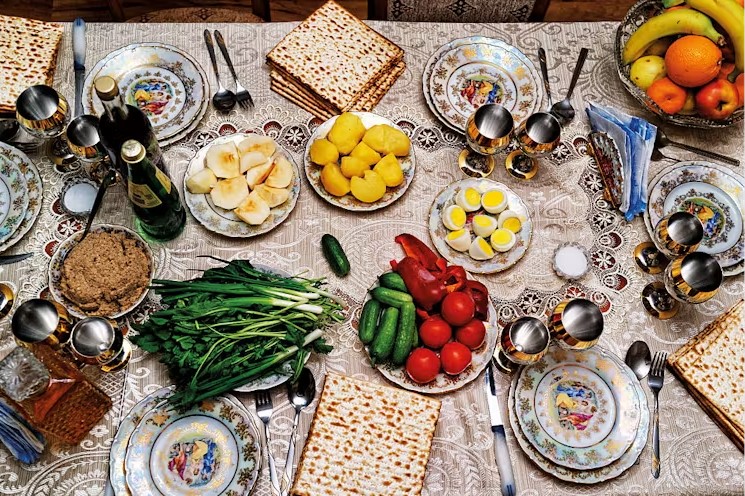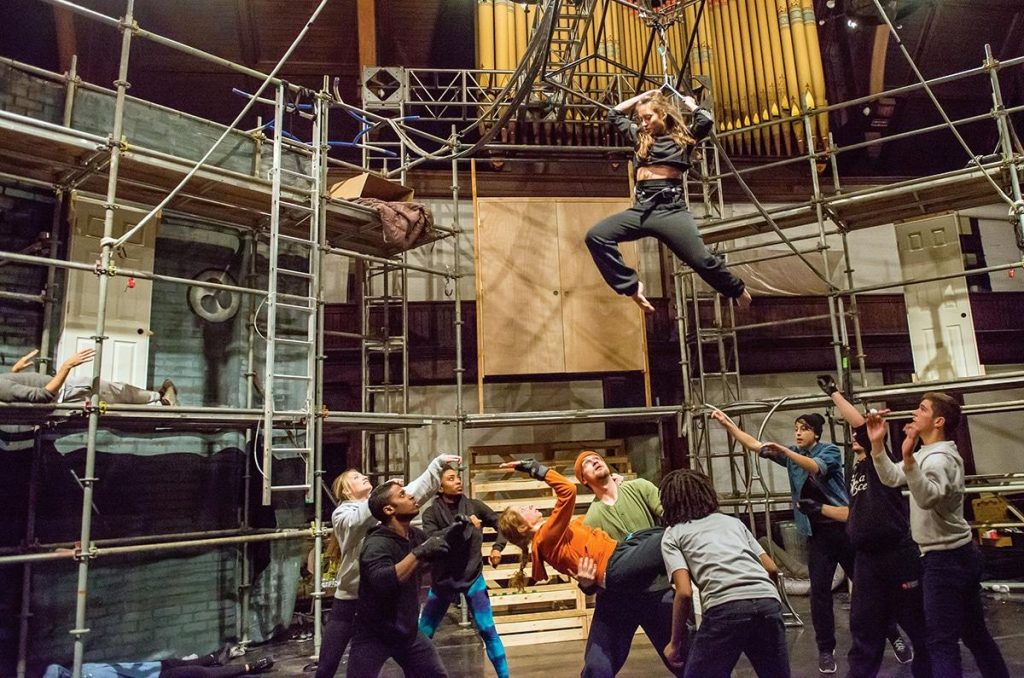Growing up, I never enjoyed Valentine’s Day. In elementary school, we took a day the week before Valentine’s to decorate a white paper bag with brightly colored hearts in rich reds and pinks. On the day, every student had to bring in a Valentine for every other student — no picking favorites allowed.
At the time, I was always jealous of my friends whose parents bought them fun, brightly colored Valentines from the grocery store to give out, with images of My Little Pony or Teen Titans on them. My mother made me make mine, sitting at our kitchen table with scissors and craft paper, trying to get six-year-old me to stay long enough to cut out a paper fish. I’m more than grateful to her now for that experience. But we’ll call to that in a minute.
Valentine’s Day isn’t the only holiday in February, though it is the most widely celebrated in the United States. Sitting at the center of the year’s shortest month, the day celebrates romantic love. It’s the third most significant day for candy sales in the United States, right behind Easter and Halloween, and it has spawned spin-off holidays like “Galentine’s Day,” courtesy of Leslie Knope from the famous American sitcom “Parks and Recreation.”
The origins of St. Valentine’s are, like many ancient holidays, a little murky.
Many people — myself included — have heard the story of an ancient Roman priest named Valentine who married young people against the emperor’s will and was executed as a result. As it turns out, though, there isn’t just one Saint Valentine. Three or even four Saint Valentines can be turned up if you poke around for them. The feast day has been celebrated for centuries and has been associated with lovers for nearly that entire time. In fact, Shakespeare refers to “Saint Valentine” in “A Midsummer Night’s Dream” when Theseus confronts the four lovers in the woods after their trysts that night.
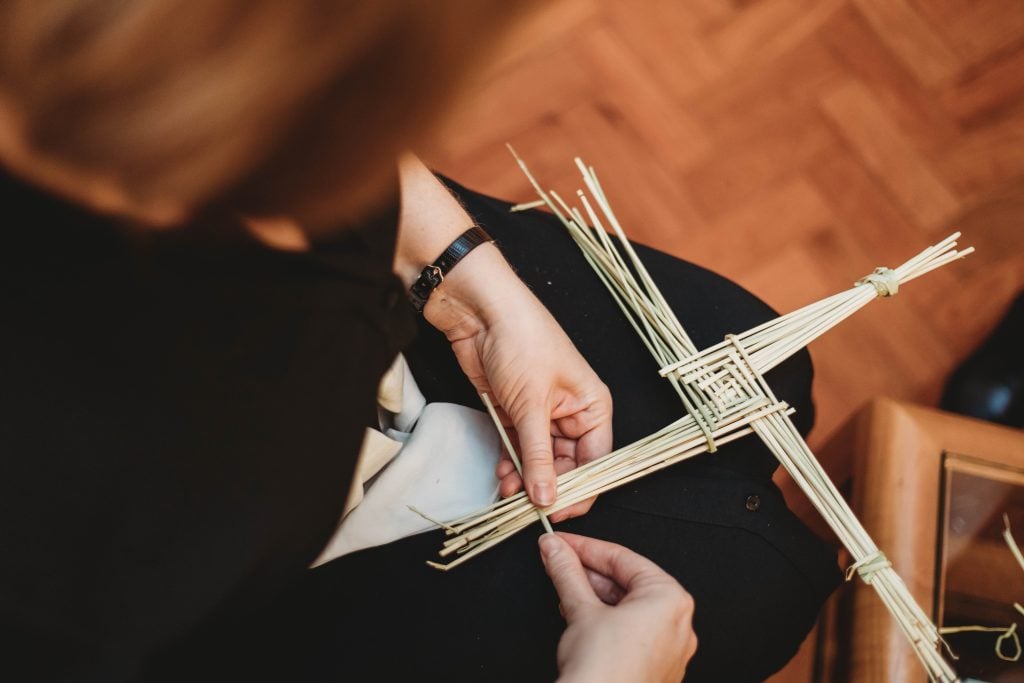
Some scholars have suggested that Valentine’s Day has its roots in the ancient Roman festival of Lupercalia. Celebrated on February 15, Lupercalia was a bloody and even brutal affair in which animals would be sacrificed in the Lupercal cave at the base of Palatine Hill in Rome. Young men would be painted with the blood of the sacrifice, and young women would be whipped with the hides of recently sacrificed animals to encourage fertility.
While you can find plenty of articles online comparing the modern Valentine’s Day to Lupercalia, the evidence is tenuous. Lupercalia was no longer widely celebrated by the fifth century; it was abolished in the fifth century. However, there is another pagan holiday that is still celebrated with more similarities to Valentine’s Day: Imbolc.
Imbolc, usually observed on February 1 or 2, is the second pagan sabbath in the Wheel of the Year. It has its roots in the Celtic world and is heavily associated with the goddess Brigid, an ancient Celtic goddess of … well, many things; home and hearth rank up there, but so do agriculture, spring, dawn, and fertility. In modern practice, though, fire reigns supreme. Many modern depictions of Brigid show her holding fire in her hands or atop her head. She was such a well-known Celtic goddess that she survived Ireland’s Christianization, becoming Saint Brigid.
Imbolc is the first of the pagan spring festivals, offering a day to celebrate renewal, growth, and transformation. In some ways, it provides the perfect counterpoint to Valentine’s Day because while the secular holiday is fixated on romantic love, Imbolc encompasses connections to land, community, and the self. Many witches and pagans gather for bonfires and dances on Imbolc, reaffirming connections beyond romantic ties.
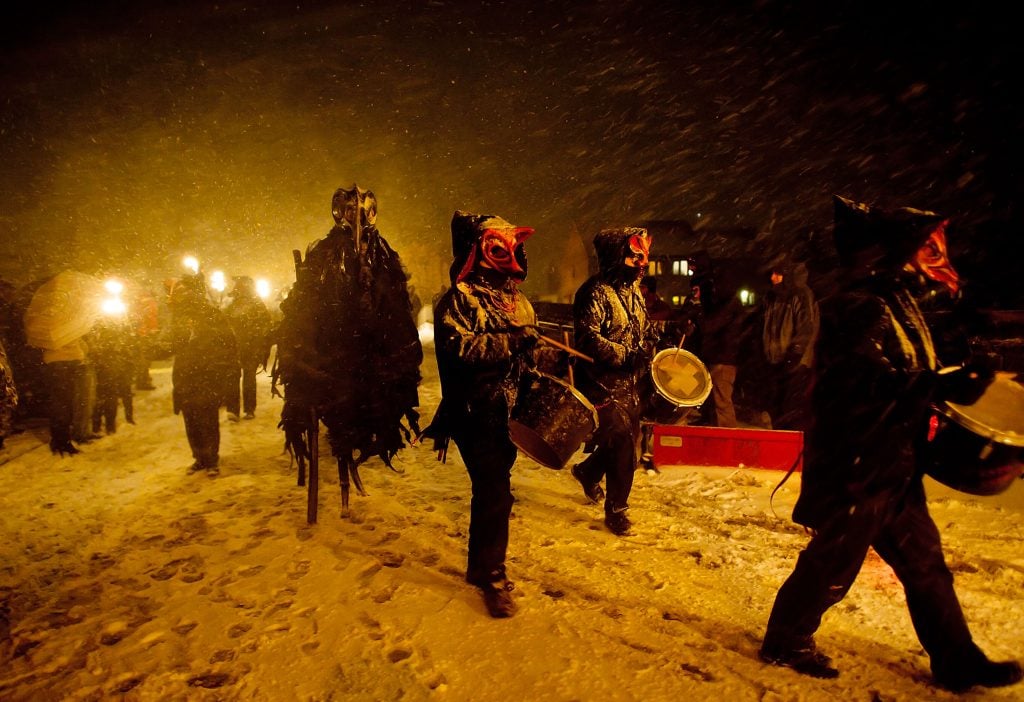
As I write this, I have baked a loaf of banana bread in the oven. A half-knitted blanket sits beside my computer, waiting for me to take it up again and finish it as a gift for my sister. The banana bread will come with me later tonight as a gift to friends who are having my partner and me over for dinner.
And all the while, I cannot help thinking of my mother and those many elementary school Valentine’s Days. She knew something then that I had only learned in the years since. Valentine’s Day is not just about romance. It’s about what you make with people who matter — especially when you make a bunch of paper fish.
Julia Pillard is a writer and pagan living in Colorado. She received her master’s in English literature from the University of Colorado at Boulder, where she studied the gothic literature of the eighteenth and nineteenth centuries. Julia also writes fiction as J.C. Pillard. Find her work at www.jcpillard.com

